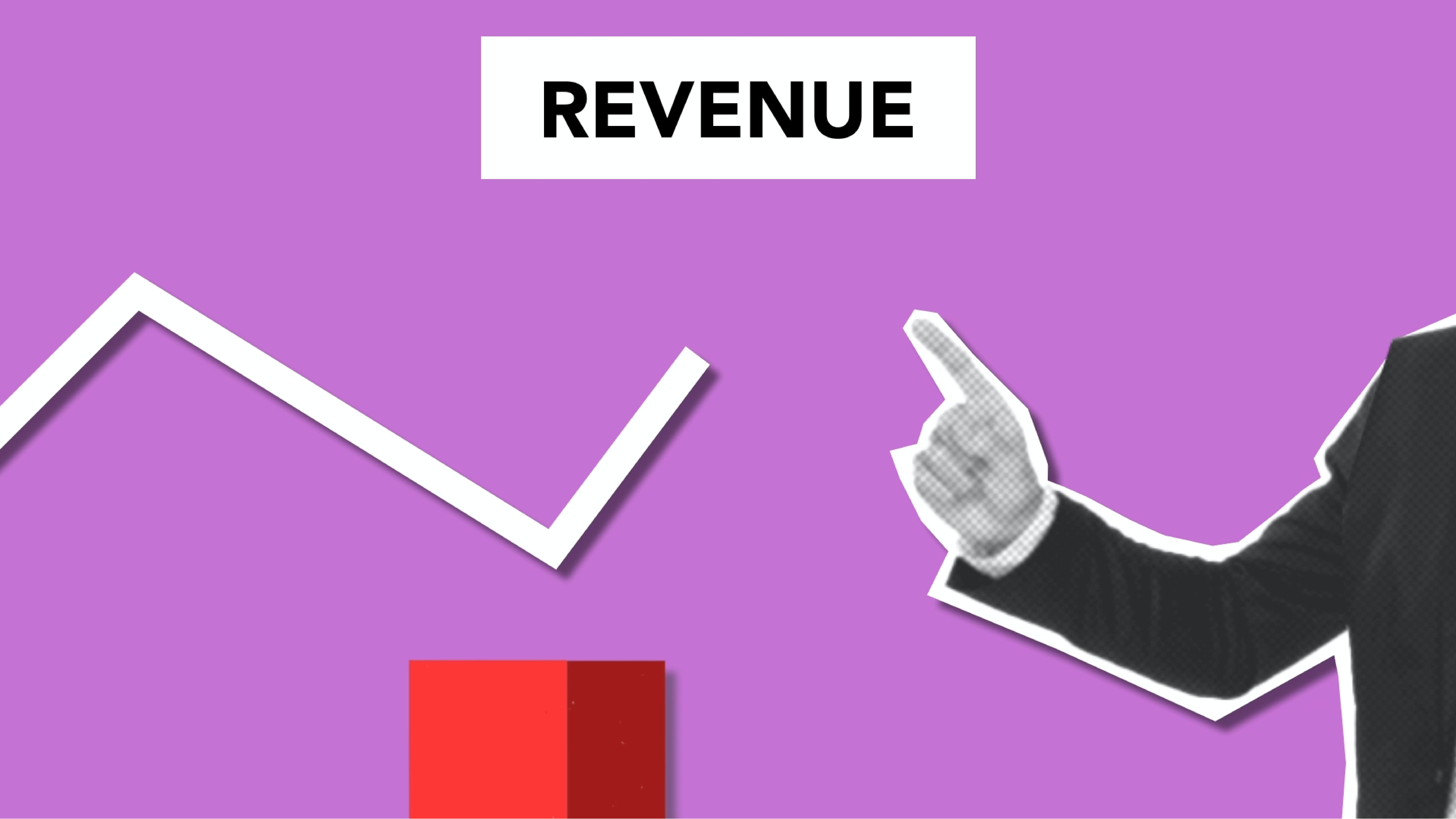
When we hit hard times and face an economic downturn, is user experience (UX) research a luxury; something that can be cut? UX has become essential over the past few years as we step into a world that grows more digital every day, but concerns continue to grow over the global economy, and some organizations may be considering trimming back their UX budget.
Why is UX research so important? And why should we invest in it now more than ever?
Where We’ve Been
Here’s what Forbes has to say about the increasing importance of UX, and how it’s changed even in just the past few years to meet an evolving world:
“Over the last 10 years, as every company has become a digital company, digital experiences on desktops and smartphones are the only way we interact with many brands. That reality has forced a change in the way we build software, too. Ease of use and convenience have become essential, and great user experience (UX) is now a must-have rather than a nice-to-have.”
But it’s not just the digitization of the past ten years that has exacerbated the need for stellar UX. In fact, the root cause of the economic downturn—the challenges surrounding the COVID-19 pandemic—are the very reasons why user experience is so important. COVID-19 asked tech professionals to adapt faster than ever, many in-person experiences went online, and the need for great UX soared as brands searched for new ways to delight customers.
At the onset of the pandemic, there’s no question that the UX industry was seriously affected. This included:
- A rise in demand for better UX and more skilled UX professionals
- Continued and ongoing software disruptions
- An overnight increase in remote work
- An increase in user research
The user experience industry worked to understand how to adapt and because nearly everything was happening online, UX became king. But things look different now. Remote work is still happening, UX is still important, and our world is more digital than it’s ever been. However, the International Monetary Fund (IMF) has recently announced that 2023 will be tougher than 2022 and that one-third of the global economy will be in a recession this year. Organizations are being forced to tighten their belts, reign in spending, and get through this time. Looking to trim the fat, should brands cut back on funding user experience research?
Even in 2023, the pandemic continues to call for UX to shift, adapt, and evolve to meet changing consumer expectations. There are a multitude of reasons why during hard times—like this global recession—UX is more important than ever.
Why UX Research Is Important: The Power of UX in Challenging Times
According to Forbes, the trends that are emerging right now clearly point to organizations looking for strategies to navigate difficult times that include high inflation rates, interest rates that continue to rise, uneasy consumers, and supply chain disruptions.
Add to this that businesses are finalizing purchases and closing deals slower than before while key decision-makers attempt to gauge what the economy is going to do, all while consumers are looking for ways to spend less, and organizations have a tough road ahead.
But amidst all of the uncertainty of this economic downturn, all signs point to user experience being an essential way to stay afloat. Here’s what we know:
UX Offers an Incredible ROI
It’s no secret that user experience offers an incredible return on investment (ROI). Some reports share that every $1 invested in UX brings in $100 in returns, for an astonishing ROI of 9,900 percent. Other reports rate the ROI of UX somewhere between $10 and $100. No matter the rate, those companies that provide a better, more effective digital customer experience find they have:
- Increased customer satisfaction
- More repeat business
- Higher revenue
- Better conversion rates
Remember: It costs less to retain existing customers than it does to attract new ones. UX helps you keep customers happy, ensure they come back, convert new customers, and bring in more revenue. What better way to recession-proof your organization than with a strategy that pays off?
Companies that Invest in UX Have a Better Track Record than Those That Don’t
Ever heard of Flooz.com or eToys? You may have forgotten these brands that were once deemed to be “rising stars” of the digital world before the dot com bubble burst. They were afraid to take risks and invest in their operations or reimagine the ways they could serve their customers and folded as a result. But a few contemporaries of these companies—Amazon, eBay, and Priceline—used their revenue to expand their offerings and revolutionize the way customers interacted with them and changed the face of the entire digital world in the process.
Arguably, UX is vastly different than it was in the late 90s and early 2000s. However, there are plenty of examples today of organizations seeing the payoff of investing in user experience. According to Amazon Web Service, 88 percent of online consumers are far less likely to return to a particular site after they have a bad experience—and over $1.4 trillion in eCommerce sales has been lost due to bad UX. On the flip side? Good UX has demonstrated that it can raise conversion rates by 400 percent, and improving the customer experience can also raise key performance indicators (KPIs) by well over 80 percent.
UX Research Leads to Better Decision-Making
Any data you can gather surrounding your organization is helpful, but data from UX research is particularly valuable. UX research gives you critical information about your users, but it also can help you serve your clients better, figure out where you stand in comparison to your competitors, and can help you understand the needs, wants, and opinions of your clients and customers.
Most importantly, UX research tells you where to invest your revenue, time, and resources, what matters most to consumers, and how to better align your actions and decisions with your customers’ needs. Without this data, you may just be guessing at what consumers want, and you may miss the mark. UX research provides clear data and a precise plan to best serve your customers to increase conversions and keep them coming back.
Your Partner in UX Research
Not only are we constantly working to stay apprised of what’s happening right now in the world of UX, but we’re experts in helping you discover what research you need, as well as the proper methodologies to use to better understand your target audience. We’ll even demonstrate to your organization’s key decision-makers why investing in UX research is the ticket to overcoming global economic challenges.
We’ll help you design the best possible experience for your users to help you navigate difficult times and come out on top. Contact us today to see what we can do for you!
Need to understand how your mobile experience stacks up? Key Lime Interactive’s Mobile UX Competitive Benchmark reports summarize competitive intelligence across the auto, banking, credit card, cruise, and insurance industry with the click of a button so that both industry leaders and small institutions can make at-a-glance strategic decisions. Click here to get a free trial.











Comments
Add Comment